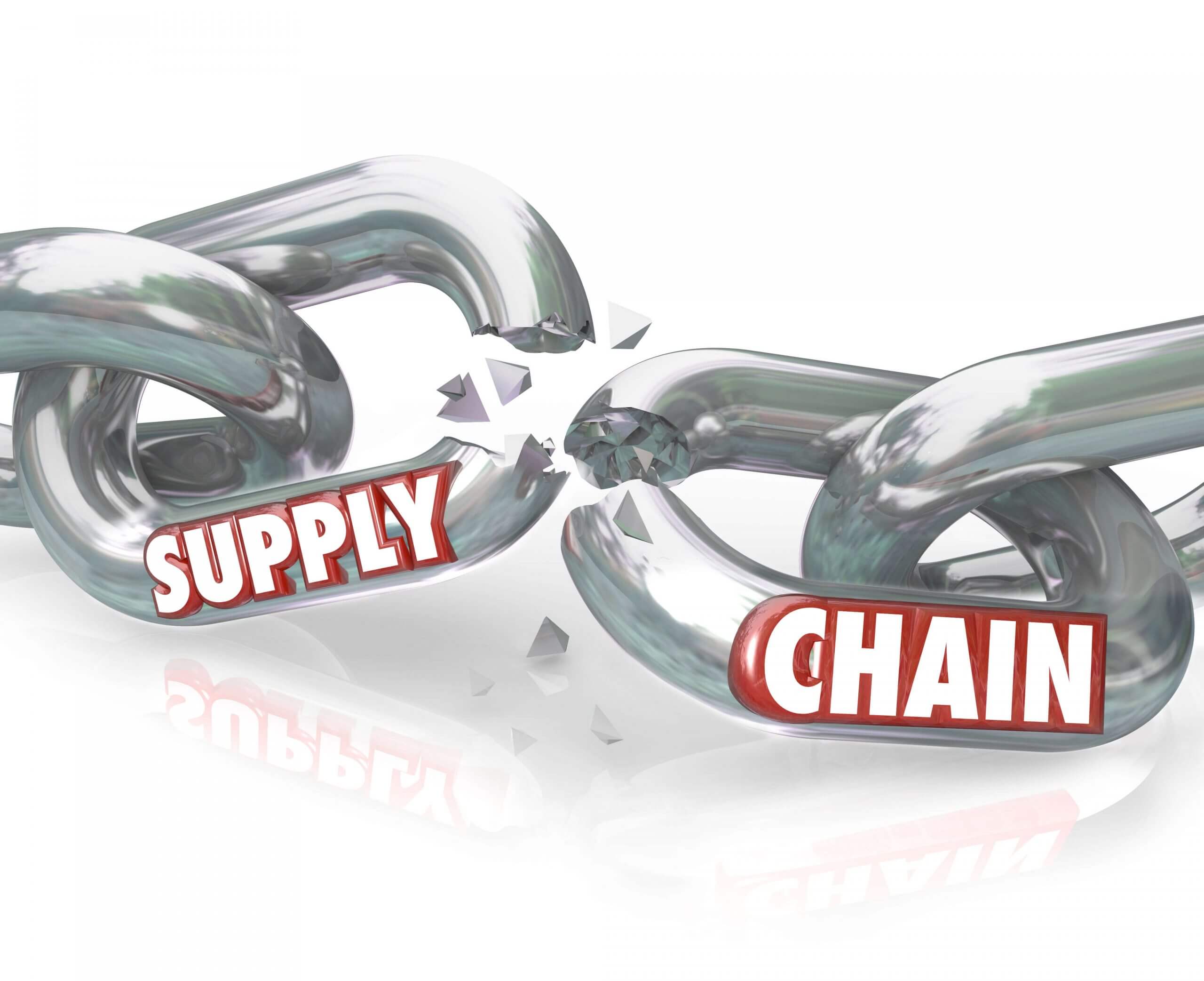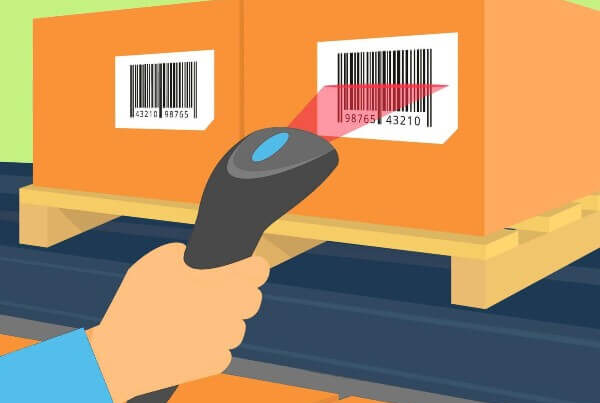Supply chain shortages are becoming an ever increasing concern for business owners and consumers alike. Thousands of goods, from building materials to computers to sneakers, have been in short supply the past several weeks (and even months), and the situation has people asking questions like, “What happened?” and “How long will it last?”
We don’t profess to be economists and have the ability to explain all the in’s and out’s of this supply crisis. However, we can share some of the events and trends we’ve picked up on in our observations and appear to be significant contributing factors.
Production Has Decreased
It probably comes as no surprise that the production of goods has taken a downturn in the past 18 months. Government shutdowns have caused businesses to close their doors, reducing production. Workforces impacted by COVID-19, either because of illness or required quarantines, have lost production time. Shortages in raw goods (like lumber) have cropped up and led to production delays. Developing nations have been particularly hard hit by production delays which has had a ripple effect into the global market.
Consumer Demand Has Increased
On the flip side, we’ve seen a real surge in consumer demand. Lifestyle changes during the pandemic have led consumers to purchase more home goods. Items such as office furniture, fitness equipment, and entertainment systems have been in hot demand as people are spending a lot more time at home. Additionally, the distribution of federal relief funds has also led to a bump in consumer spending overall. Present shortages have also led consumers to purchase more of particular goods in anticipation of future shortages when it may be unavailable or cost more.
Shipping Network is Clogged
The really complex aspect of the supply chain shortages is the shipping network. Dozens of cargo ships are waiting to unload in the docks of places like California, New Jersey, and New York. Some we’ve heard have been waiting for WEEKS. That’s millions of tons of consumer goods just sitting there. Goods have been produced and consumers are willing and able to buy, but the link to completing the transaction is blocked. It’s frustrating, no doubt, for all market players. Sellers are losing. Buyers are losing. And meanwhile, the supply just sits. So, why can’t the process be expedited?
For starters, the shipping network is also suffering from labor shortages as fewer equipment operators and handlers are available to unload goods. Labor shortages also extend to truck drivers and rail workers who are needed to get goods out to the network of consumers.
Another factor at play between the supply and demand relationship is the amount of time it takes to rebuild shipping capacity. While consumer demand can increase in a relatively short amount of time, it can take several months to increase the internal capacity to onboard new employees and expand infrastructure. The lag in time is part of what we’re seeing. This situation is heightened here in the U.S. where there are restrictions operating ports 24/7.
The intricacies of getting goods off ships and into stores are at least a hundred fold. What we’re seeing in the supply chain shortage is a series of delays that is multiplying the time needed to complete the cycle. What previously took a matter of 3 or 4 days to unload a cargo ship and get product on its way to its destination is now taking 3 weeks or longer.
Now is the Time to Dial in Your Accounting Tools
So, where does this situation leave you as the business owner?
Working with our clients, we know some top concerns of business owners right now are tied to inventory management, cash flow, and customer expectations. They are asking questions like, “Should I order extra products now to maintain inventory for future delays? What can I expect for cash flow in the next 6-12 months? How can I keep customers happy if there are continued delays?”
These are of course always important business areas and questions. But in this market’s climate, we know there is an extra level of pressure to stay profitable. Making sound decisions in these areas are critical to weathering this market and succeeding long term.
It would be amazing if we could predict when the supply chain shortages will be over. But the reality is, we nor anyone one else can. Some are estimating the supply chain issues extending well into 2022, and perhaps even 2023. We’re hoping that’s not the case and we’ll see improvements in the very near future.
Predictions aside, there is no better time than the present to dial in your accounting tools. Having accurate accounting for all aspects of your business finances will give you the power to know when it is best for you to make decisions regarding supply purchase and distribution. Think of these tools as your map for navigating what lay ahead.
To Learn More About Inventory & Cash Flow to Help Handle Supply Chain Shortages
These articles are a great start to diving a little deeper into inventory and cash flow:
- How to Calculate & Optimize Inventory Turnover for eCommerce Sellers
- Understanding Your eCommerce Cash Flow Statement
- Managing Cash Flow Through Understanding Your Inventory Cycle
Additionally, we have several free downloads which can help you get started. We recommend checking out the Inventory and Cost of Goods Sold (COGS) and eCommerce Budgeting templates.
And if you’re looking for more one-on-one inventory support for your business, please reach out to us here to set up a consultation with one of our LedgerGurus accounting professionals. We would love to help you succeed through this current market and beyond!




